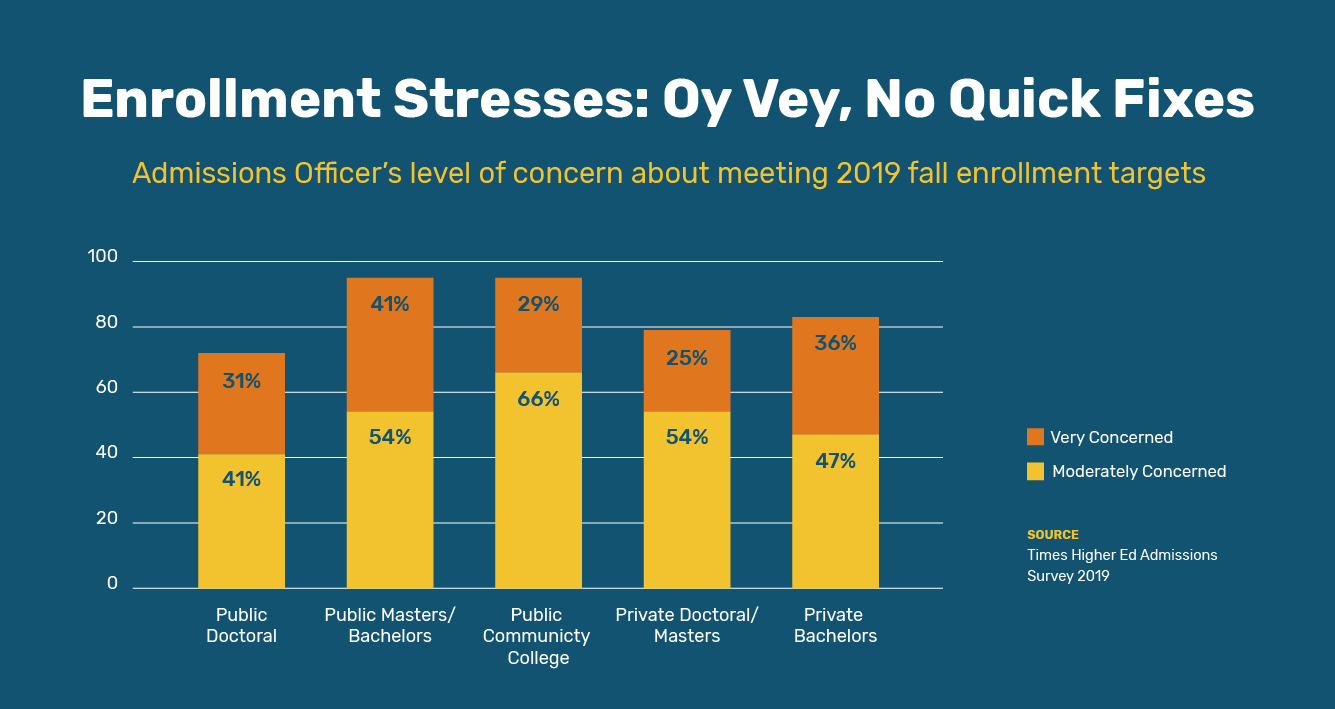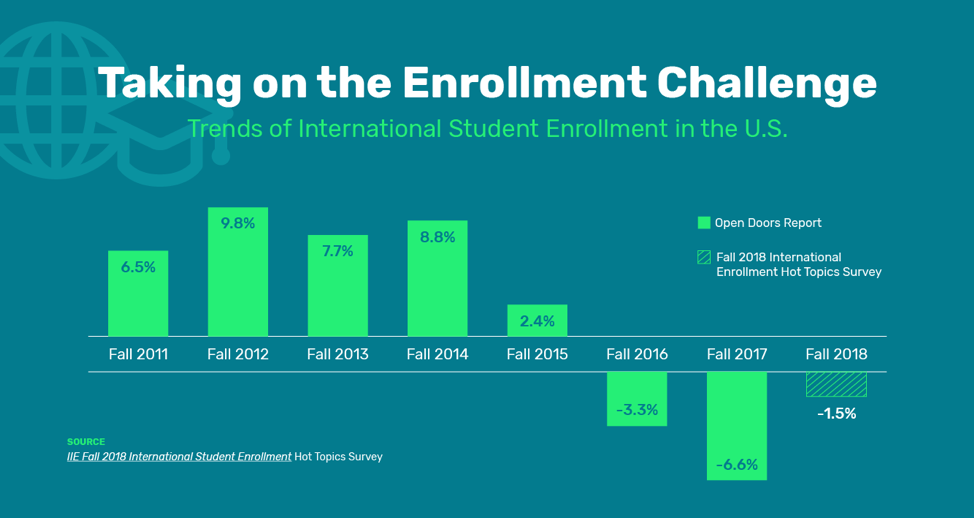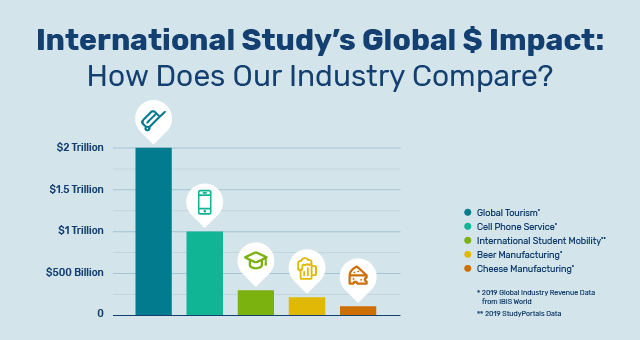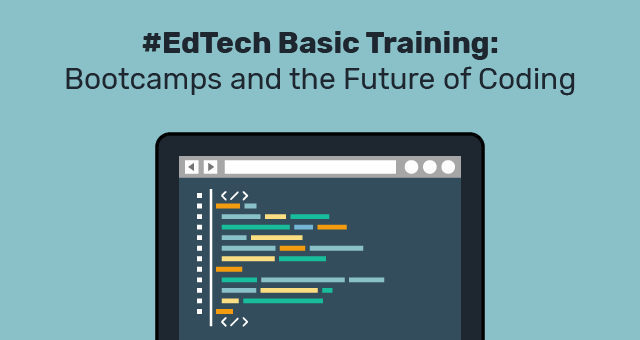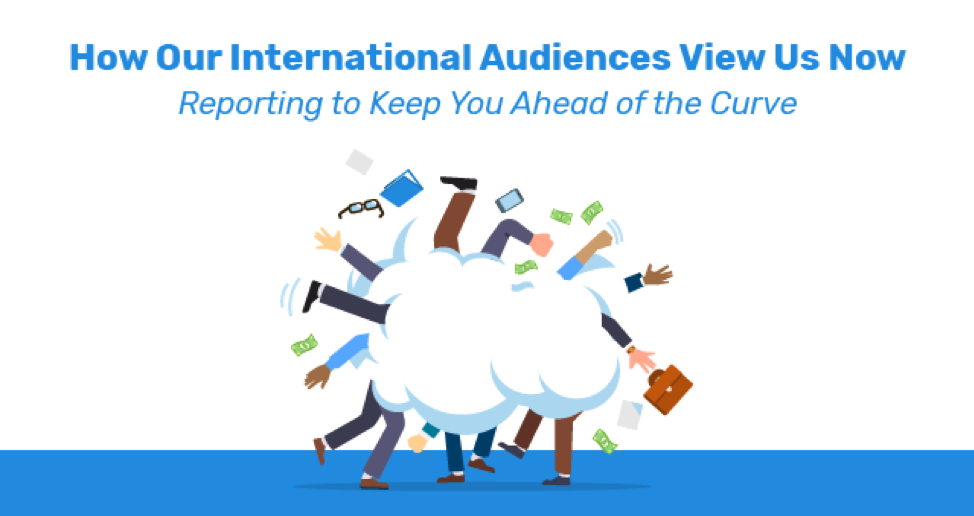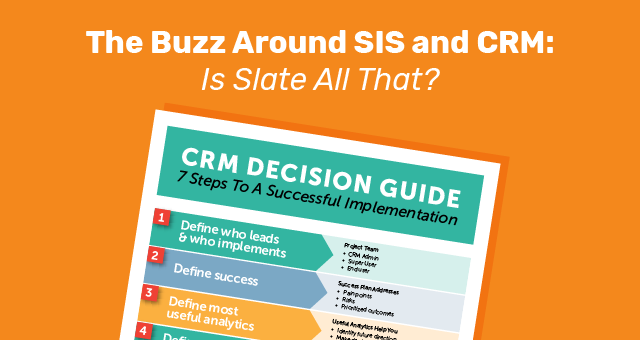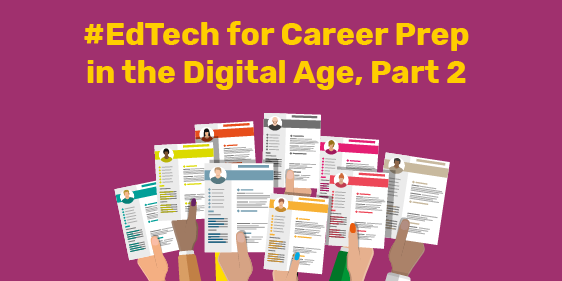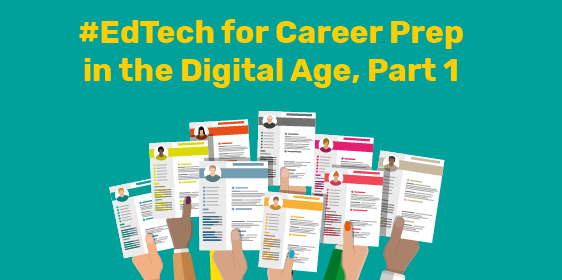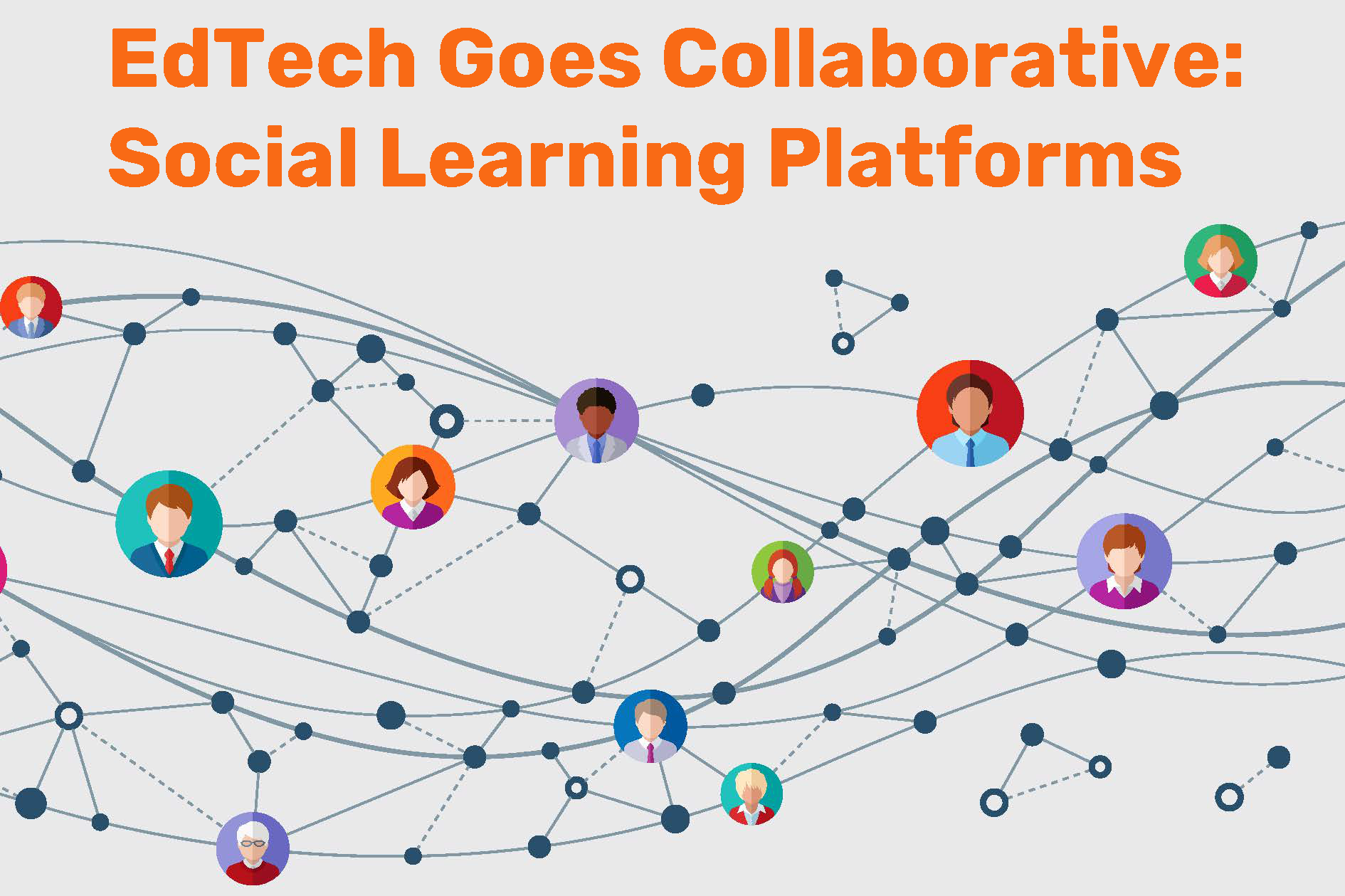If you’ve been following our blog and our market research, you were reading today’s headlines three years ago.
Intead has been conducting primary research on student and parent interests and influencers for a very long time. And we’ve been publishing our results for you. And we’ve been incorporating our findings into our clients’ marketing activities.
More than three years ago, we reported on international student concerns about the news coming out of the US. At that time, presidential candidate Donald Trump shared his views on Mexicans and a host of other things using headline grabbing terminology that continues to this day.
Research we've conducted, both primary and secondary, found that the parents of international students are staying on top of news coming out of the US. And we noted both students and parents increasingly raising safety as a top-level concern as opposed to a passing thought. We also identified visa processing issues as a concern to international admissions operations. And we identified the growth in international students attending US-based private high schools and the value of, and best practices, for recruiting those students.
All that, and more, was part of our conference presentations, publishing and client support in 2016.
Many sources of academic news tell you about the trends. Our goal, and we hope you know we deliver on this, is to answer the question, “So what?”
A favorite question of our friend and colleague, Harry Lane, professor of international business and strategy at the D’Amore-McKim school of business at Northeastern University. He will always push his students to consider this point: data and information are only as valuable as your ability to determine what actions you should take.
We get trend data and reams of other information all the time. So what?
This is where Intead shines. We’re all about the strategic decisions and tactical execution that emerge from the data we gather.
In fact, we have three new global marketing reports based on new research that we will release this fall and present at all your favorite conferences. (AIRC and ICEF Miami, anyone?). Oh, and not for nothin’, but a subscription to Intead Plus might be worth a look.
Getting the answer to “So What?” three years ahead of your peers, that’s gotta be valuable.
Read on for a few observations and action-oriented tips based on what we are seeing now…

